Small Investments That Can Make a Big Impact on Your Rental Property
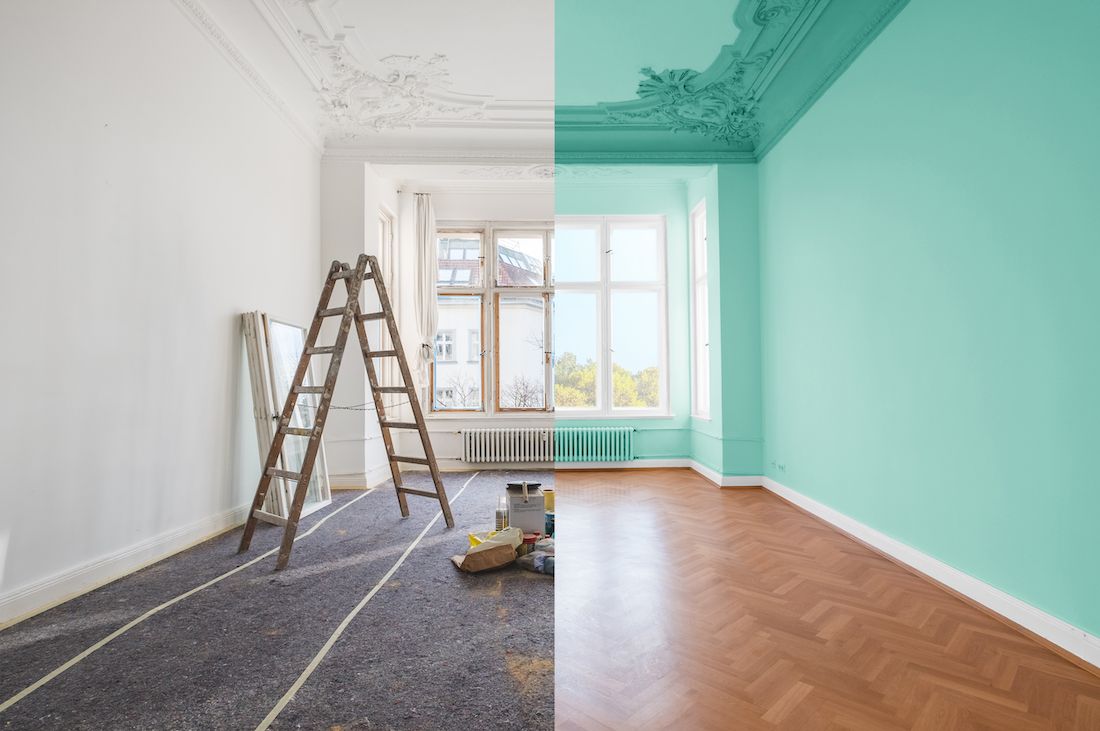
Would you like to maximize the rent you can charge for your single-family rental property? Relatively small rental home investments can pay off big when it comes to making your rental property more desirable to tenants.
But which rental property investments offer the biggest return on investment?
To some degree, that depends on where your property is located and your rental market. If your target renters are working-class families and your property is in a community with lower incomes, making a few basic upgrades can put your property head and shoulders above the competition. However, if your target market is millennial professionals and other rental properties in your area offer lots of amenities, you’ll need to go beyond the basics to compete.
The following 10 rental property investments can have a significant impact on the value of your property and the return you get from renters:
- Air conditioning
- Dishwasher
- Washer and dryer
- Parking
- Safety and security features
- Storage space
- Outdoor space
- Connectivity/smart home features
- Cosmetic upgrades
- Energy-saving features
Here’s a closer look at each.
1. Air conditioning
You may be wondering, “Hey, this is supposed to be a low-cost list — why are we starting with air conditioning?” Yes, adding or replacing the air conditioning system is a big investment. According to HomeAdvisor, the average cost of installing central air is $5,458. But air conditioning is the top feature rental tenants want, according to the 2017 NHMC/Kingsley Renter Preferences Report — and 92% of renters won’t rent a space without it. When you consider the long-term impact adding A/C can have on your rental property’s desirability, you’ll see it can pay off fairly fast.
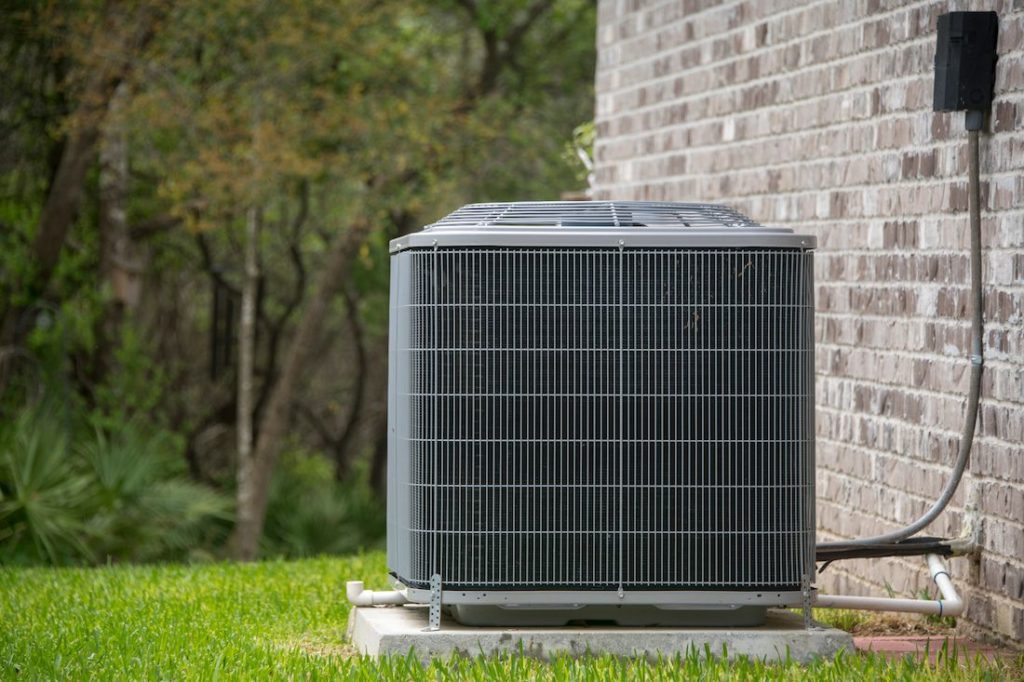
If central air just isn’t in your budget, consider adding window air conditioning units in key spots such as the bedrooms and living room. The average window air conditioner costs $550. But keep in mind, you’ll need to purchase more of them, they aren’t as effective as central air conditioning, and they use up more energy. Given these tradeoffs, central air conditioning could be a more cost-effective rental property investment in the long run.
2. Dishwasher
A whopping 86% of renters NHMC surveyed say a dishwasher is a necessity. The good news: At an average cost of $400 to $700 (lower for budget models), this rental property investment is a very affordable way to increase the allure of your rental home.
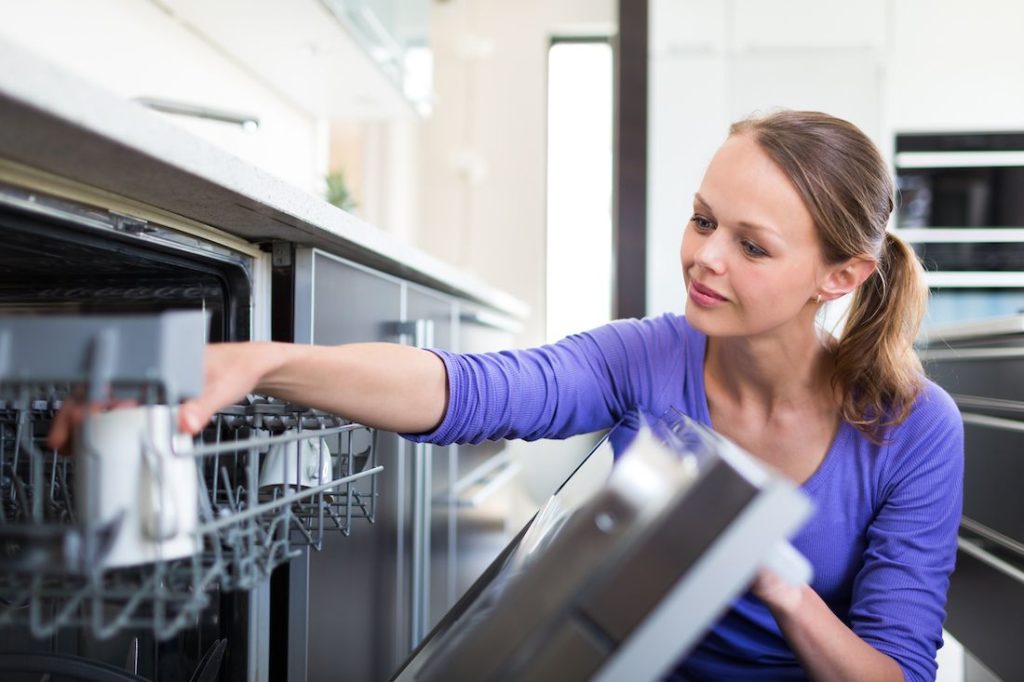
There are portable dishwashers to fit even the smallest kitchens. If your rental property’s dishwasher is outdated, consider upgrading to a more modern look such as stainless steel. More than half (53%) of millennial renters surveyed by Software Advice say updated kitchen appliances would convince them to renew their lease. Not only are they more functional and aesthetically pleasing, but they also help save money on utilities.
3. Washer and dryer
Nearly nine in 10 renters want a washer and dryer in their rental unit, and 77% say it’s essential, according to NHMC. Since apartments typically don’t have in-unit washer/dryers, providing a washer and dryer is one way your single-family rental home can stand out.
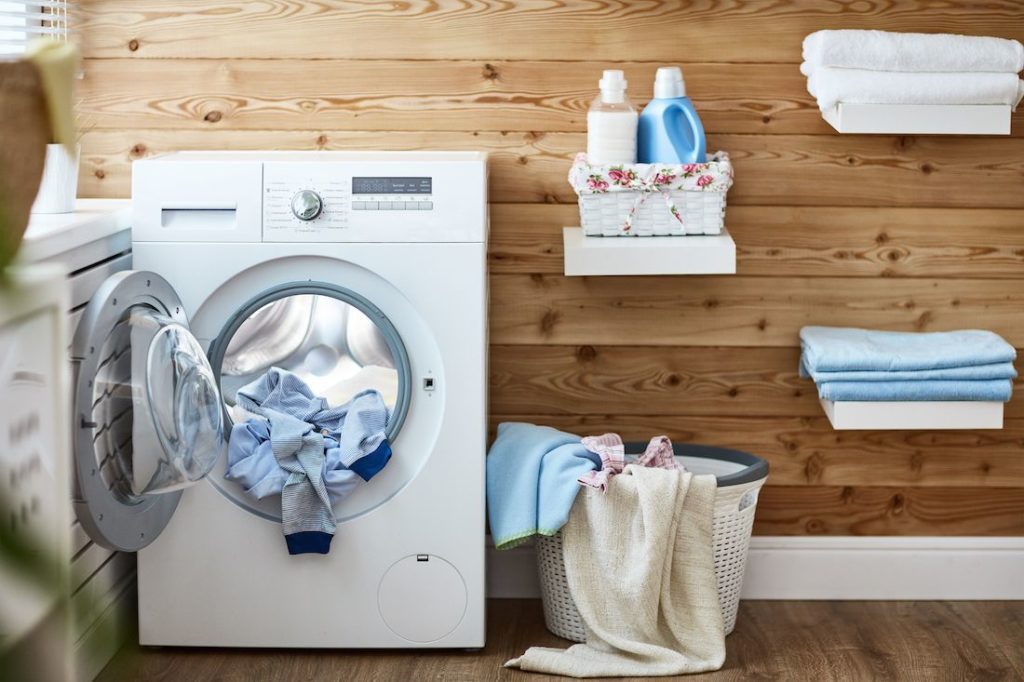
If you have a washer/dryer hookup, investing in new, energy-efficient models can add to your rental home’s appeal. According to Kitchens.com, the average top-loading washer costs $275 to $450 and the average electric dryer costs $200 to $500. Energy-efficient models cost more but save money over time, which can appeal to renters who pay their own utility bills. Portable models are a cheap alternative option, too.
4. Parking
Renters crave off-street parking, and most single-family homes have driveways, which are a big plus compared to apartments. But how can you make your driveway even better? In NHMC’s survey, 71% of renters say secure parking is a must.
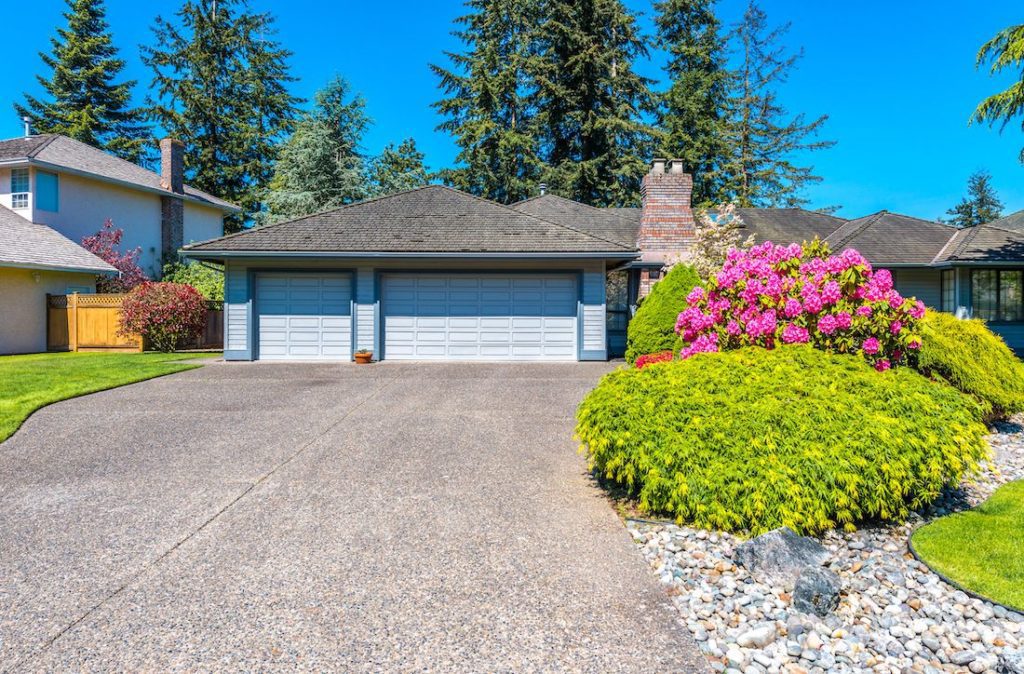
Gating your driveway, making sure the garage has room to park a car, or adding motion-sensitive security lighting near parking areas will help keep your tenants’ vehicles safe — and help them sleep better at night. If local codes permit, you may want to install a carport or roof so tenants can keep vehicles covered at night
5. Safety and security features
Renters in single-family homes often feel more vulnerable than renters in apartment communities whose neighbors are just on the other side of the wall. Ease their fears by installing high-tech security features. A smart doorbell with a connected camera, such as the Nest or Ring, can show residents who’s at the door before they answer, and costs only a few hundred dollars. A smart door lock that uses key codes, biometrics or smartphone apps to lock and unlock doors can be had for a similar price.
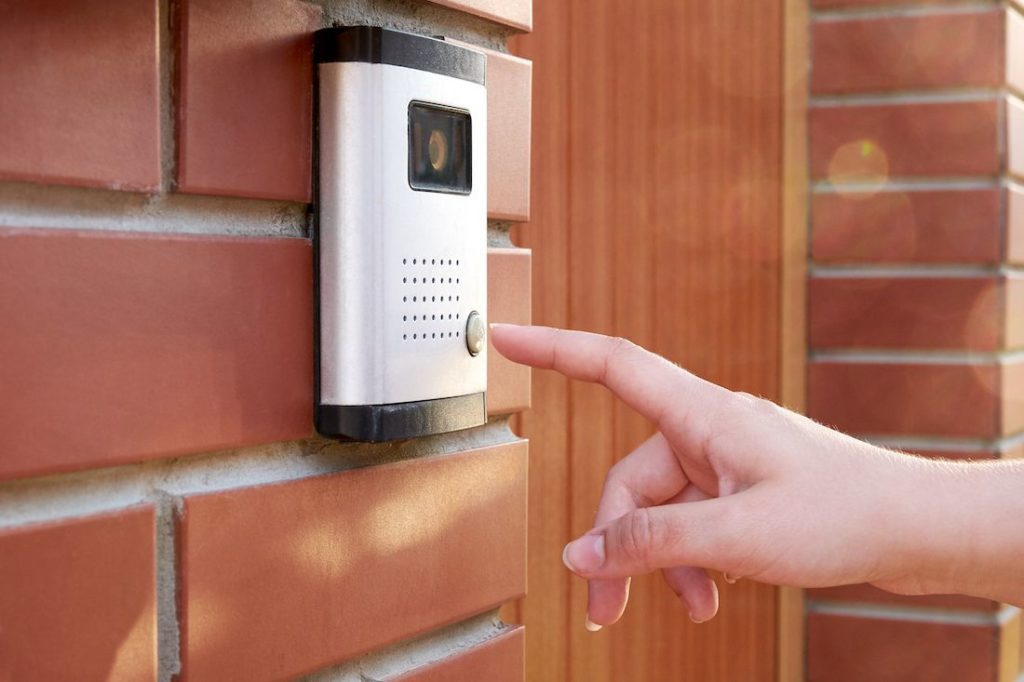
Such security features are especially popular with millennials. The National Apartment Association reports 55% of millennial renters would pay more for an apartment with keyless-entry door locks than one with traditional door locks. In addition, Wakefield Research and Schlage found 63% of millennial respondents would move out of a rental home because of poor security.
6. Storage space
Renters can never get enough storage space. You can give them more of it (without the major expense adding on to your rental property) by expanding and enhancing existing storage space. Steal a little space from the master bedroom to turn its small closet into a walk-in, for instance. Outfit an existing closet with a closet organization system to make it more appealing to renters or put up open shelving to add storage in the kitchen.
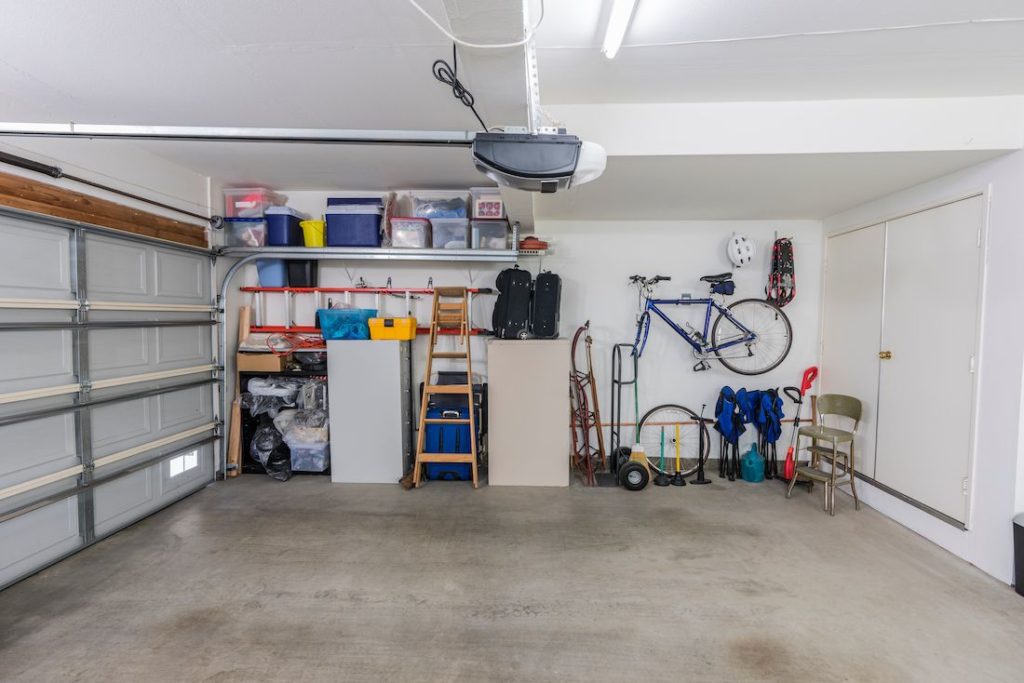
If your rental home has an attic, garage or basement, make sure it’s clean and easily accessible. Add shelving or pegboards to store boxes or hang tools. Putting up a backyard shed can cost under $500 and gives renters even more space for their belongings.
7. Outdoor space
Outdoor space is a key differentiator between a single-family rental home and an apartment. If your rental home is in an area with lots of competition for renters, a backyard makeover could be just what your property needs to stand out.
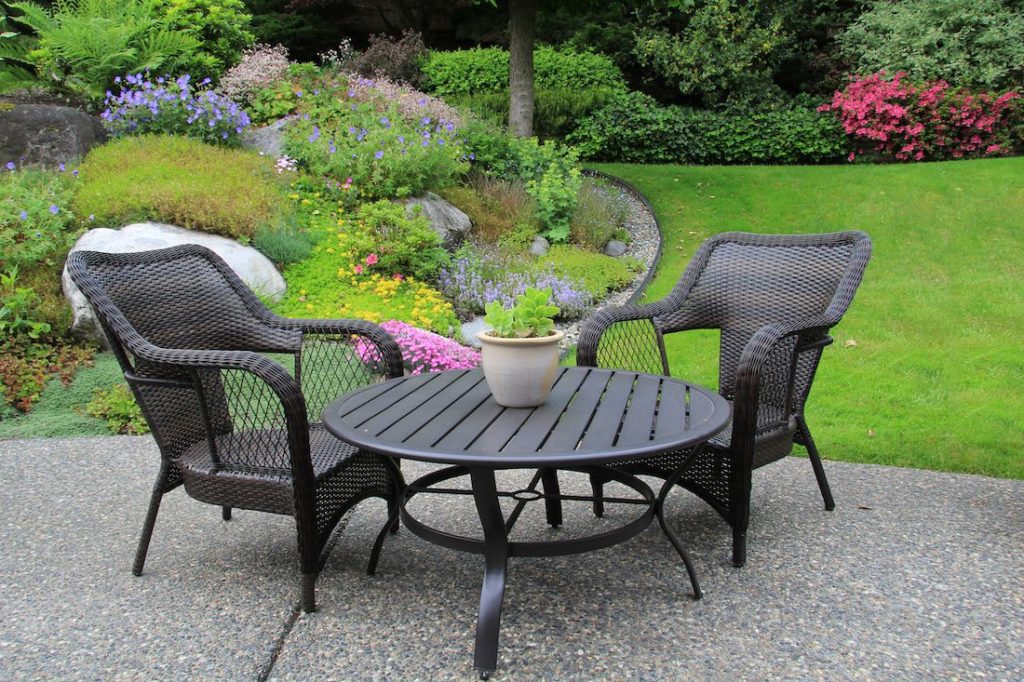
Repair any fencing gaps so tenants don’t have to worry about children or pets escaping. (Bonus: This also protects your property and enhances security). Add some basic patio furniture, seed the lawn and fill in the flower beds with plants. Small rental property investments like these can cost as little as $50 and make your rental home’s yard a place where residents will dream of spending time.
Related: Lawn Care for Rental Homes
8. Connectivity
High-speed internet, reliable cell phone service and other connectivity features are essential for today’s renters. In NHMC’s survey, 98% of renters say good cell phone reception is an important feature in a rental home and 63% consider high-speed internet access a necessity.

Millennials are especially partial to connectivity features. Some 86% of millennial renters would pay one-fifth higher rent for a “smart” apartment, the Wakefield Research and Schlage survey reports, and nearly one-fourth (23%) of renters NHMC polled would like USB charging units in their rental homes.
Related: The Landlord's Guide to Smart Technology
9. Cosmetic upgrades
Not all upgrades are high-tech. Investing in cosmetic improvements makes your rental home more appealing to prospective tenants and helps keep existing tenants satisfied. Here are some upgrades to consider:
- Paint: Give the outside of the home curb appeal by touching up any peeling or fading paint. Paint kitchen or bathroom cabinets for a new look. Give the inside of the home a fresh coat of paint.
- Flooring: More than one-third (34%) of renters) would like hardwood floors. They’re more durable than carpet so they won’t have to be replaced nearly as often. For the same look on a budget, install hardwood-look laminate flooring—it’s even tougher than hardwood and costs an average of $1 a square foot, compared to hardwood’s $5 to $8 per square foot.
- Little extras: Spend a few more dollars for lighting fixtures, faucets, doorknobs and drawer pulls that are a step up from builder grade. It gives your rental home an upscale look that can attract tenants.
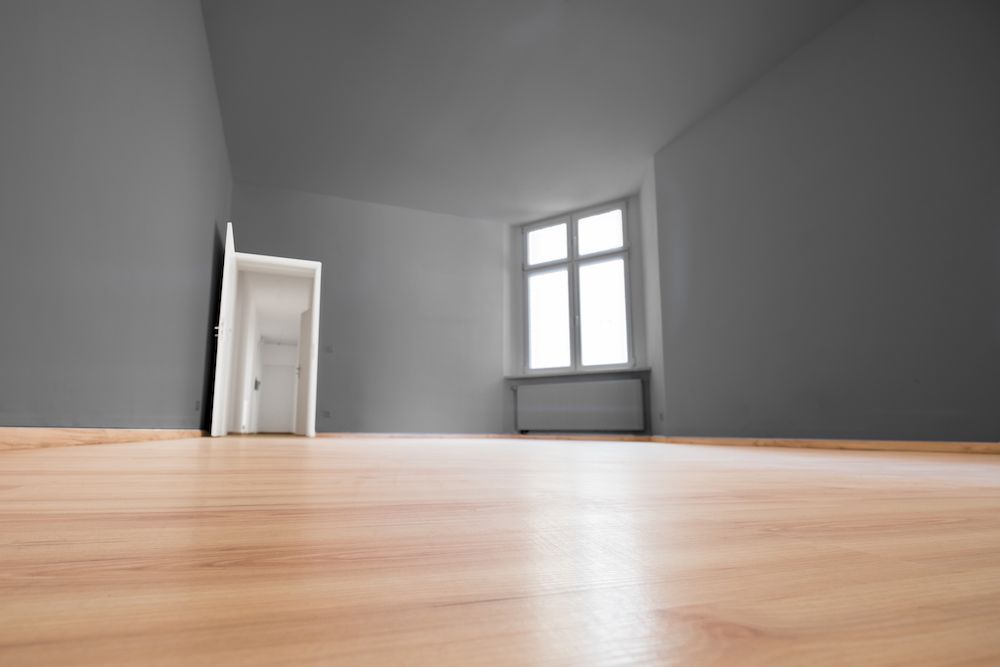
10. Energy-saving features
Renters will pay an extra $27.21 a month in rent to live in green-certified apartments, according to NHMC’s survey. Although a single-family rental home can’t get certified like an apartment building can, there are several rental property investments you can make that will help the planet and your bank account.
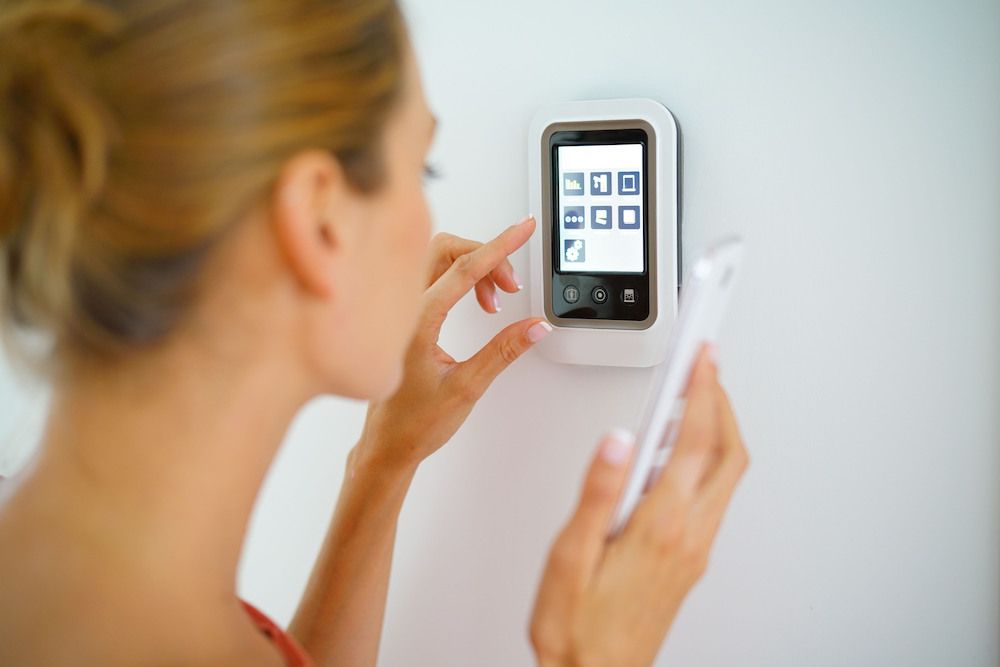
Residents who pay for their own utilities will appreciate energy conservation technology that helps reduce their monthly bills. Low-flow shower heads, faucets and toilets, as well as programmable thermostats, are easy and affordable upgrades. The products themselves typically cost between $20 and $250, not including installation, and in many states, you can get rebates to offset or even cover the costs. Visit your local utility companies’ websites to find out what types of rebates and incentives are offered in your area.
A smart investment
Making small rental property investments to improve your rental home does more than help you attract new tenants and retain existing residents. It can add to the value of your rental property, reduce your maintenance costs and lower your energy bills. By making your property more desirable, small upgrades allow you to charge higher rent for positive ROI all around.
Further Reading
How Much Money Should You Put Aside for Rental Repairs?
A Basic Guide to Landlord Responsibilities
8 Quick Tips to Prepare for Peak Rental Season

